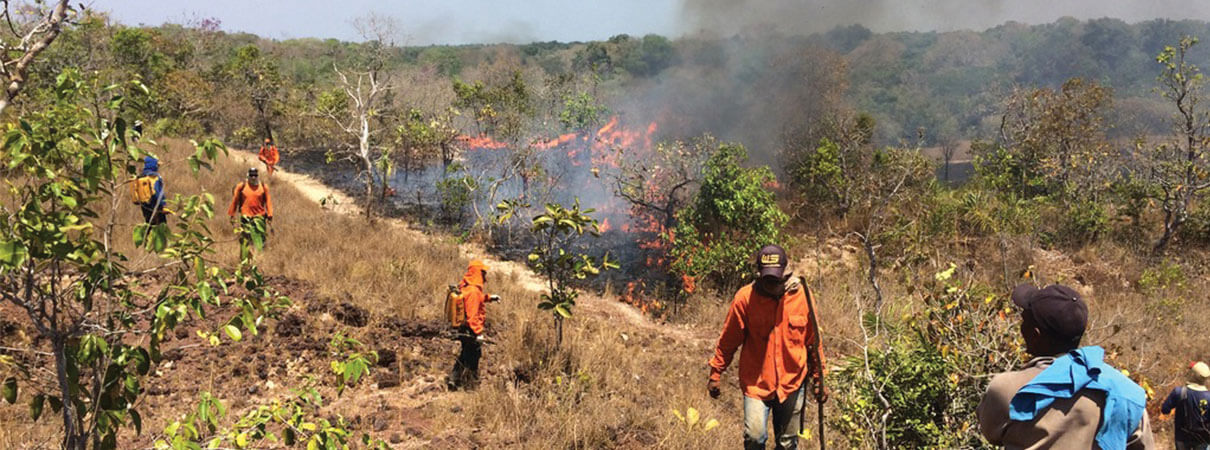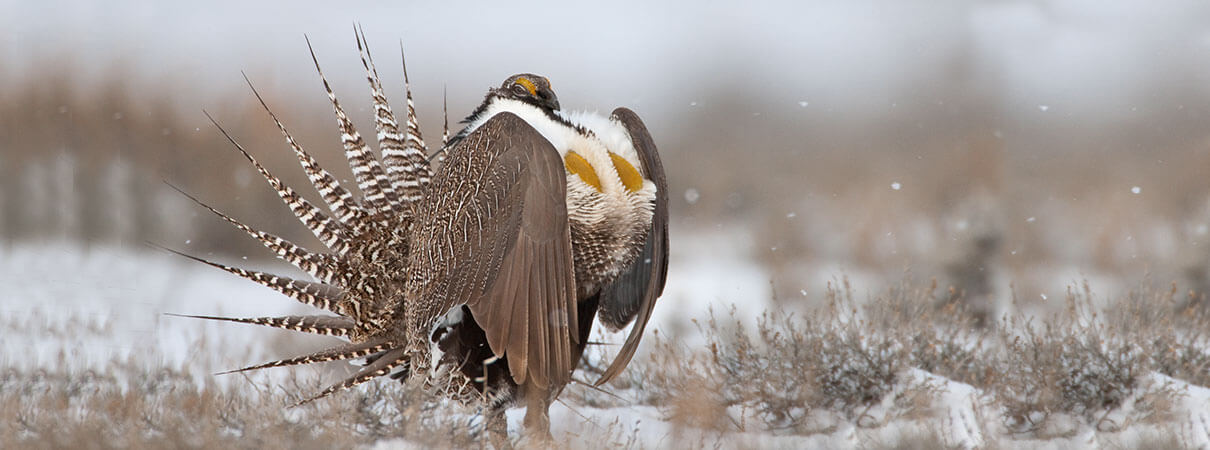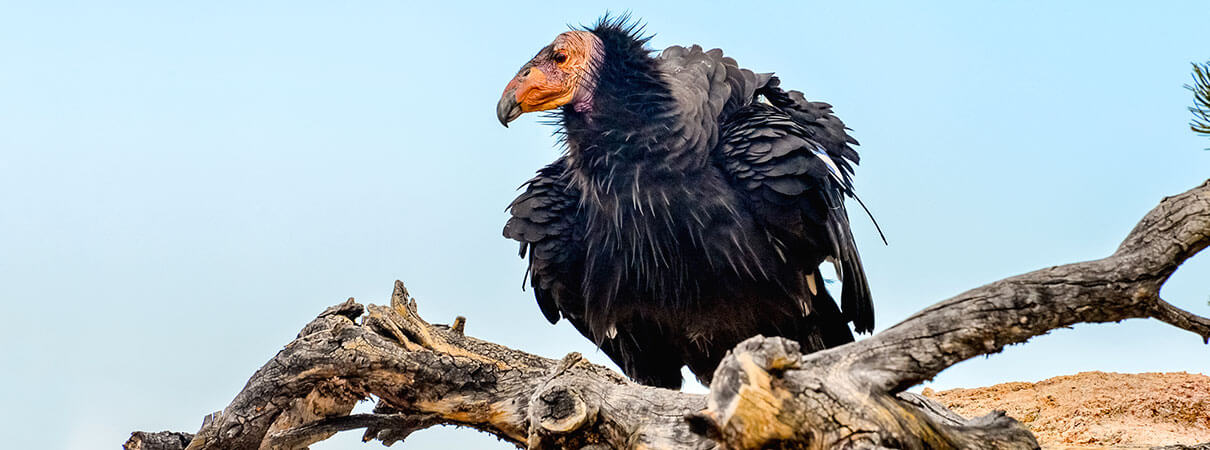Birds in Brief – Bird Conservation Updates, Winter 2019, Pt. 2
Welcome to Birds in Brief, ABC's triannual news round-up highlighting efforts to protect birds throughout the Western Hemisphere. This is the second part of our two-part Winter 2019-2020 brief. Click here to view the first post.
ABC Efforts Help Halt Brazil Reserve Fire

Wildfire in Brazil. Photo by Instituto Araguaia
The Amazon fires raging this summer hit home for ABC on August 25, when our partner Instituto Araguaia detected a blaze on the property next to their reserve, which is home to the Kaempfer's Woodpecker. The fire quickly spread into the reserve and also into nearby Cantão State Park. These protected areas sit on the ecotone between the Cerrado savanna and Amazonian lowland forest, providing habitat for more than 450 bird species.
ABC acted quickly, with the help of the recently formed Earth Alliance (cofounded by Leonardo DiCaprio, Laurene Powell Jobs, and Brian Sheth) and Global Wildlife Conservation, providing emergency funds for Instituto Araguaia to hire extra workers to fight the fires. The blazes were extinguished after a tough week-long effort, with no extensive damage to woodpecker habitat. ABC is helping Instituto Araguaia to acquire additional equipment to detect, prevent, and control future fires.
2019 a Bumper Crop Year for Bird Reports

NABCI's The State of Canada's Birds report. Photo by Nick Saunders
In addition to the Science paper on bird declines since 1970, three other noteworthy works came out this year. The State of the Birds 2019 report, published by the U.S. Committee of the North American Bird Conservation Initiative (NABCI), focuses on possible bird population recovery options, especially with state wildlife agency involvement.
Also, The State of Canada's Birds 2019 report, released by NABCI Canada, noted downward trends in groups including grassland species but gains for waterfowl and other wetland birds. And the National Audubon Society published Survival by Degrees: 389 Bird Species on the Brink, using climate models to point out birds and places in greatest danger from changing climate, with 389 of 604 modeled species declared vulnerable to extinction.
New Database Seeks Birders' and Scientists' Input to Save Raptors

Golden Eagle. Photo by Ivan Godal/Shutterstock
The Peregrine Fund is launching a worldwide database aimed at monitoring and conserving the world's birds of prey. The Global Raptor Impact Network, or GRIN, is available online and as a free smartphone app, aimed at enticing birders and biologists alike to collect new data on birds of prey from the field, as well as data from museums and other sources. The Peregrine Fund estimates that more than half of the world's raptor species are in decline, with nearly 20 percent threatened with extinction. GRIN springs from a pilot project launched in Africa from 2011 to 2016.
Recovery Draft for Gunnison Sage-Grouse Disappoints

Gunnison Sage-Grouse. Photo by Noppadol Paothong/Shutterstock
The U.S. Fish and Wildlife Service (FWS) released a draft recovery plan in October for the declining Gunnison Sage-Grouse, a Threatened species now only found in patches of western Colorado and eastern Utah. ABC and other groups call the FWS plan vague and unable to assure the species' recovery. Critics also say the target recovery population of about 3,600 is too low, below the actual population estimate from 2014, the year the species was listed.
Zion's Condor 1,000 Is Utah's First to Fledge

California Condor. Photo by FRAYN/Shutterstock
“Condor 1,000” hatched in Zion National Park in late May and is already a two-time record-setter. Not only is it the thousandth condor to hatch in a breeding program that began in 1982 — by late September, it left its cave nest, becoming Utah's first wild fledgling California Condor. The current California Condor population is about 500, more than half of which live in the wild in California, Arizona, Utah, and northern Mexico. The rest are part of captive breeding efforts.
Lead poisoning remains the top threat to condors, which ingest the toxin when feeding on carrion. This year, California became the first state to ban lead bullets. Elsewhere, public awareness efforts and quality nontoxic ammunition are starting to convince hunters to turn their backs on lead.


















































